Activities of Daily Living (ADLs)
Table of Contents
What are Activities of Daily Living?
Activities of Daily Living (ADLs) are basic self-care tasks that individuals perform on a daily basis to take care of themselves and meet their personal needs. These activities are essential for maintaining an individual’s physical and mental health and well-being.
The phrase “activities of daily living” (ADLs or ADLs) is used in the healthcare industry to describe the fundamental and commonplace abilities required for independent living. It is believed that Sidney Katz coined this phrase in 1950. A person’s capacity or inability to do ADLs is frequently of great interest to physiotherapists and other healthcare professionals since this status may be used as an indicator of a variety of factors, including functional ability, fall risk, degree of dependency on caregivers, safety, and quality of life. ADL completion has also been proven to be a predictor of hospital stays, nursing home admissions, and the use of other healthcare services.
Data from the 2016 National Health Interview Survey, which was carried out in the USA, showed that older members of the population now more frequently require assistance with doing ADLs. Adults over the age of 85 needed assistance in accomplishing these chores in as many cases as 21%. The requirement was around 7% for those between the ages of 75 and 84, while it was about 3.5% for those between the ages of 65 and 74. An average of 6.5% of people 65 years of age and older needed assistance when performing personal care duties alone.
An individual’s capacity to carry out everyday duties is influenced by a variety of factors, including changes in physical function, ability, and mental state. Age alone should not be viewed as the main cause of decreased independence in everyday life, even if these limits do tend to get worse as one gets older. However, it’s important to be aware that trends do point to an increase in the need for caregiver support among older adults, with close to 60% of those in the 80–89 age range and over 75% of those over 90 needing it as a result of limitations brought on by deteriorating health or function. Dementia sufferers are one example; in a 2011 research that estimated that around 4.9 million older persons needed caregiver support for self-care duties, 3.5 million were classified as having probable dementia.
Basic and Instrumental ADLs
Typically, in order to live independently without the help of another person, older individuals must be able to manage their ADLs and IADLs.
These are the fundamental self-care activities or ADLs.
- Having the capacity to walk (ambulate) indoors or outside.
- Getting food from a plate into one’s mouth is known as feeding.
- capacity to choose to clothe put them on and effectively manage one’s appearance. Dressing and grooming.
- Using the restroom, including getting there and back, using it properly, and cleansing oneself.
- The ability to wash one’s face and body in the shower or bathtub is known as bathing.
- the capacity to change from one position of the body to another. This involves being able to transfer from a chair or wheelchair to a bed.
- Taking care of one’s money, including bill payment and asset management.
- driving or planning alternative modes of transit for transportation.
- meal planning and grocery shopping. i.e., everything needed to prepare a meal. Shopping for clothing and other necessities of daily living is also covered.
- cleaning and upkeep of the home. Cleaning the kitchens after meals, keeping the living spaces generally neat and clean, and performing regular house maintenance.
- managing communication, including mail and phone.
- managing meds, which includes getting prescription drugs and taking them as prescribed.
Physiotherapy
- While occupational therapists often assess overall ADL function and provide treatment addressing specific ADLs and IADLs (such as eating and using the restroom), Physiotherapists still play a crucial role in addressing ADL and IADL performance in patients. Physiotherapists will treat aspects of ADL function as part of a plan of care as members of an interdisciplinary team; however, depending on the setting or the patient’s access to occupational therapy services, these treatments may be more concentrated on areas like ambulation or transfers.
- A 2014 systematic review investigated how well various treatments affected how well older persons performed ADLs. The study investigated the effects of functional training and conventional muscular strength training on participants’ ADL function. Functional training, or in this context, training using exercises that resemble ADL duties, was characterized as training that was specialized (see Principles of Exercise).
- The findings showed that if the aim is to lessen ADL handicaps in older persons, functional training may be a better alternative than muscular strength training alone. The high effectiveness of the hospital physical therapy program in terms of lowering the risk of falls, improving physical capability, increasing handgrip strength, and improving subjective parameters such as pain intensity, self-reported well-being, and mobility was demonstrated by a 2016 study on the effects of inpatient physiotherapy on the ADL status of elderly persons.
- The older adult population is becoming more fragile, thus it is important to evaluate their activities of daily life to ensure that they are functioning at their best. Therefore, it’s crucial to gauge older persons’ functional ability and determine the extent of their daily-life impairment. According to recent research, determining a person’s dependency and independence level based on daily living activities may be able to predict whether or not they would die in the hospital. To increase older individuals’ functional ability, it is crucial to distinguish dependency and independence in daily life activities.
Assistance
Nursing, as well as other occupations like nursing assistants, require certain abilities related to assisting with everyday chores. For hygiene, this frequently entails giving oneself a bed bath and helping with bowel and urine excretion.
Evaluation
The Katz ADL scale, the Older Americans Resources and Services (OARS) ADL/IADL scale, the Lawton IADL scale, and the Bristol Activities of Daily Living Scale are just a few of the assessment instruments available.
Measures have been devised to capture functional recovery in carrying out fundamental daily activities in the disability area. Some of them, like the Functional Independence Measure, are made to be assessed for a variety of impairments. Others, such as the Spinal Cord Independence Measure, are made to assess people with a particular kind of impairment.
ADL assessments are used in the majority of health care service models, including resident-centered models like the Program of All-Inclusive Care for the Elderly (PACE) and medical (or institutional) models like the nursing Roper-Logan-Tierney model.
The well-being of older people who live independently in their homes was examined using pervasive computing technologies. The structure of the intelligent system entails keeping an eye on crucial daily tasks by observing how commonplace objects are used. The enhanced health indices contributed to a decrease in erroneous alerts on senior residents’ everyday activities.
Research
As a method of assessing health in later life that does not often require particular illnesses, ADL assessments are being utilized more frequently in epidemiological research. Because they are sensitive to a wider range of health consequences, at lower levels of impact, studies utilizing ADL differ from those exploring particular illness outcomes. The continuous scale used to measure ADL makes the investigative procedure very simple.
64 hip fracture patients were first investigated by Sidney Katz for 18 months. During the course of this trial, extensive data on therapies, patient development, and results were gathered. After examining the study’s data, the researchers found that the patients they considered to be the most autonomous could carry out a variety of fundamental tasks, from the most difficult activity—taking a bath—to the least complicated—feeding. Katz created a scale to evaluate patients’ capacity for an independent living using the results from this study. The American Medical Association Journal initially published this in 1963; since then, it has received over a thousand citations.
Although the scale provides a consistent way to assess psychological and bodily performance, the methodology used to reach this conclusion has come under fire. Porter has specifically argued in favor of a phenomenological approach, citing Katz et al.’s (1963) assertion as the foundation for the ontological presumptions of the ADL research tradition. They impliedly generalized from their sample of older people with broken hips to all older people when they claimed that there was an “ordered regression [in skills] as part of the natural process of aging”.
Porter highlights the requirement for an objective definition of ADLs, the potential utility of including additional functional measures, and the potential disease-specific character of ADLs (being obtained from patients with hip fractures).
FAQs
What are the five everyday activities?
Basic ADLs (BADLs), sometimes known as physical ADLs, are the abilities needed to manage one’s fundamental bodily requirements, such as eating, clothing, using the restroom, transferring or ambulating, and maintaining personal hygiene or grooming.
What is the score for everyday activities?
Daily duties that include personal care are known as ADLs. Transfer, bed mobility, toileting, and eating are the four tasks that the ADL score takes into consideration. For each of these activities, both the resident’s self-performance and the level of professional assistance are assessed.
What activities do people engage in every day?
Walking, walking upstairs, going downstairs, sitting, standing, and laying are the six everyday actions.
How many fundamental everyday tasks are there?
ADLs are a set of general tasks that must be performed in order to function and live independently in a home. Bathing, dressing, using the restroom, transferring (moving in and out of bed or a chair), eating, and maintaining continence are considered to be the six basic ADLs.
What significance do activities of everyday existence have?
The fundamental abilities required for people to effectively care for themselves are everyday life activities. Physical requirements are broken down into six categories: eating, clothing, bathing/hygiene, utilizing the restroom, maintaining continence, and mobility.

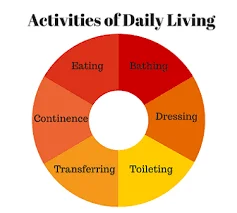
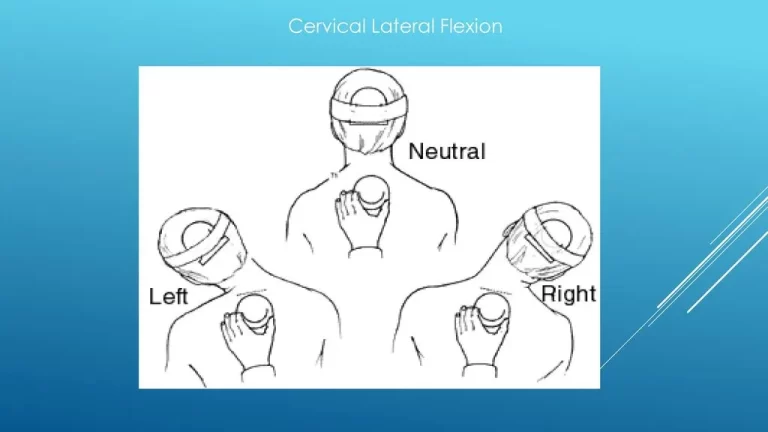
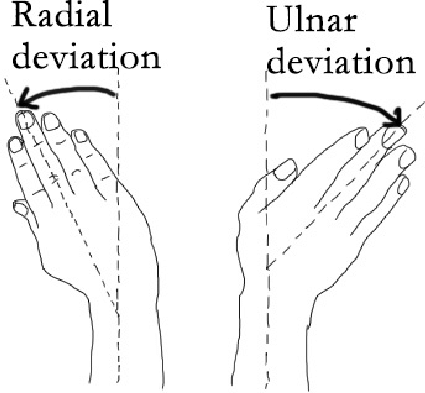
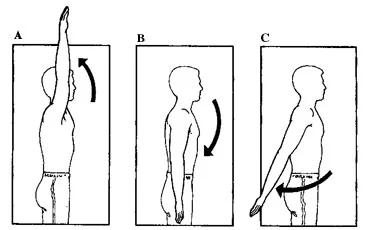
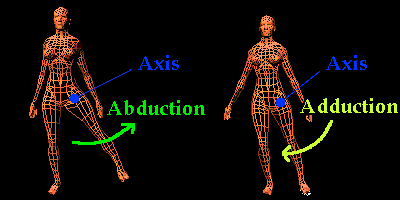
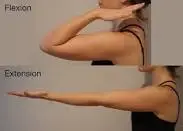
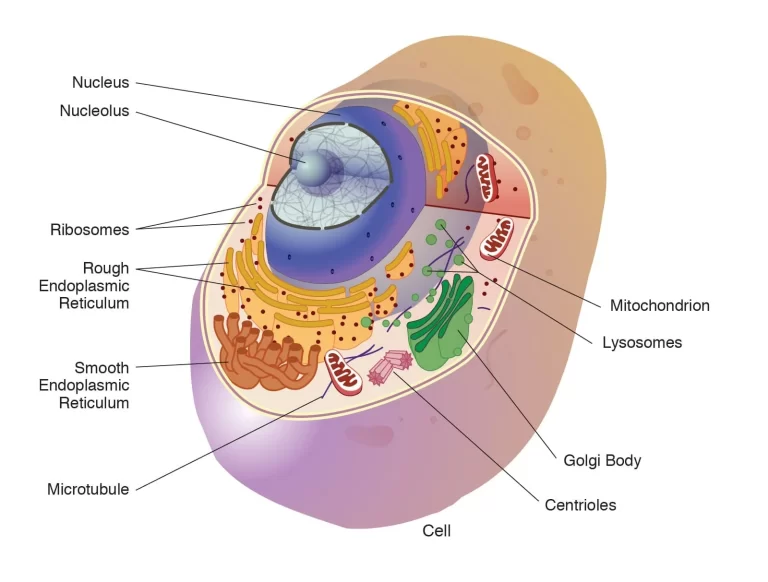
3 Comments